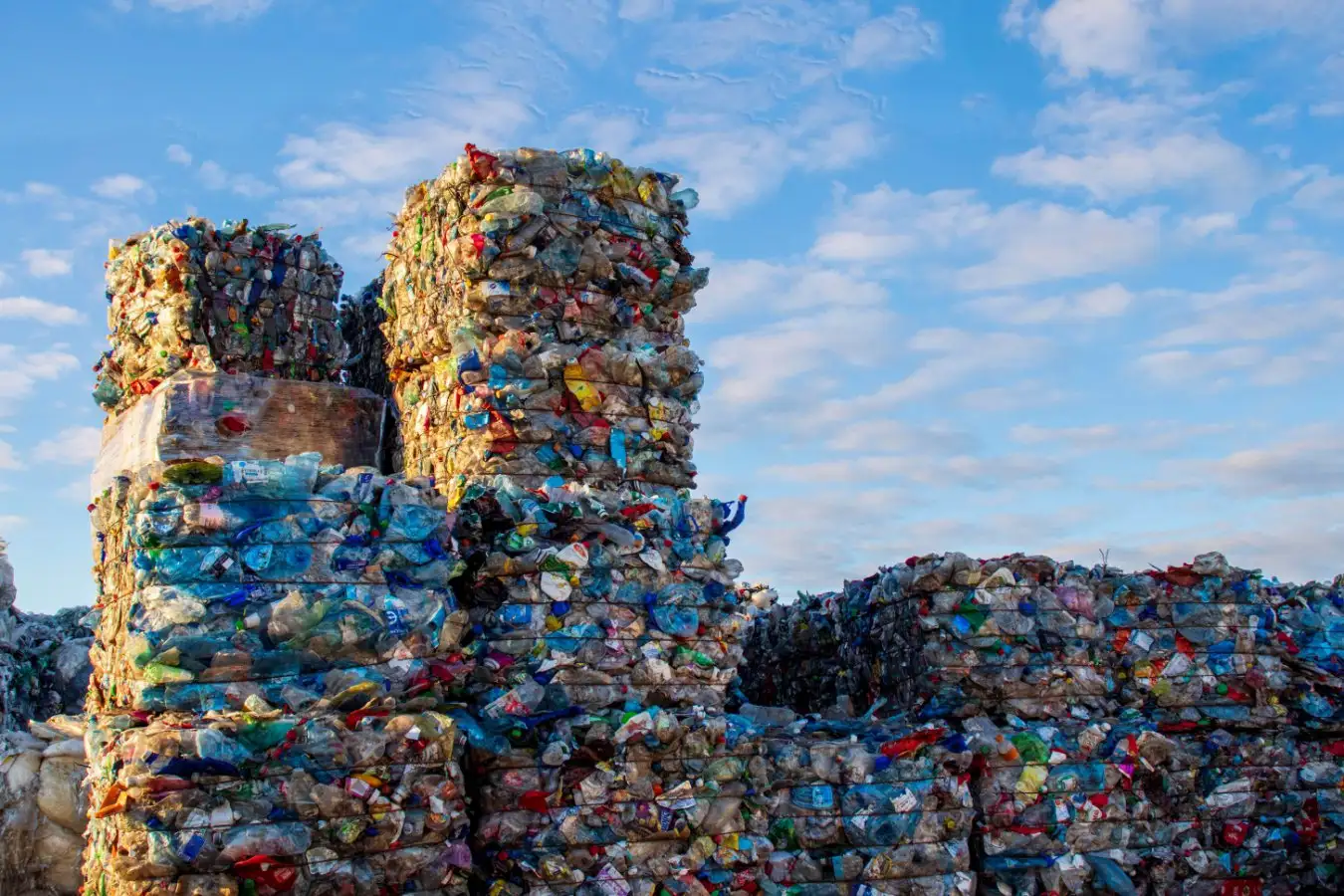
We throw away hundreds of millions of tonnes of plastic each year
Cavan Images/Alamy
Chemical additions to plastic that mimic natural polymers like DNA can create materials that break down in days, months or years rather than littering the environment for centuries. Researchers hope their new technique will lead to plastic products that serve their purpose and then safely self-destruct.
In 2022, more than a quarter of a billion tonnes of plastic was discarded globally, and only 14 per cent was recycled – the rest was either burned or buried. The promise of a practical, biodegradable plastic has been around for at least 35 years, and there have been efforts to make such materials using everything from bamboo to seaweed. But, in truth, many such materials are difficult to compost and their producers make unrealistic claims.
Now, Yuwei Gu and his colleagues at Rutgers, The State University of New Jersey, are developing a technique to create plastics with finely-tuned lifespans that could quickly break down either in compost or in the natural environment.
Gu wondered why natural, long-stranded polymers like DNA and RNA can break down relatively quickly, but synthetic ones, such as plastics, can’t, and if there was a way to replicate their process.
Natural polymers contain chemical structures called neighbouring groups that aid in deconstruction. These structures power internal reactions called nucleophilic attacks that sever the bonds in polymer chains – something that requires a great deal of energy with normal plastics.
Gu and his team created artificial chemical structures that mimic these neighbouring groups, and added them when making new plastics. They found that the resulting material could break down easily and that by altering the structure of the additions, they could fine-tune how long the material remained intact before deconstructing.
After the plastic breaks down, the long polymer chains are converted into small fragments, which Gu hopes will either be used to make new plastics or will safely dissolve into the environment.
“This strategy works best for plastics that benefit from controlled degradation over days to months, so we see strong potential for applications like food packaging and other short-lived consumer materials,” says Gu. “At the moment, it is less suited for plastics that must remain stable for decades before breaking down – such as construction materials or long-term structural components.”
But there are several problems to solve before this type of plastic can be used commercially. The liquid left over after the plastics deconstruct is made up of fragments of polymer chains, and further tests are needed to ensure that this soup of parts isn’t toxic and can therefore be safely released into nature.
Also, ultraviolet light is currently needed to initiate the deconstruction, although ambient sunlight is sufficient. So until the group finds ways to create materials that can break down in the dark, any plastic that is buried or otherwise covered up will remain in the environment almost indefinitely.
Topics:
Source link : https://www.newscientist.com/article/2506104-plastic-can-be-programmed-to-have-a-lifespan-of-days-months-or-years/?utm_campaign=RSS%7CNSNS&utm_source=NSNS&utm_medium=RSS&utm_content=home
Author :
Publish date : 2025-11-28 10:00:00
Copyright for syndicated content belongs to the linked Source.





